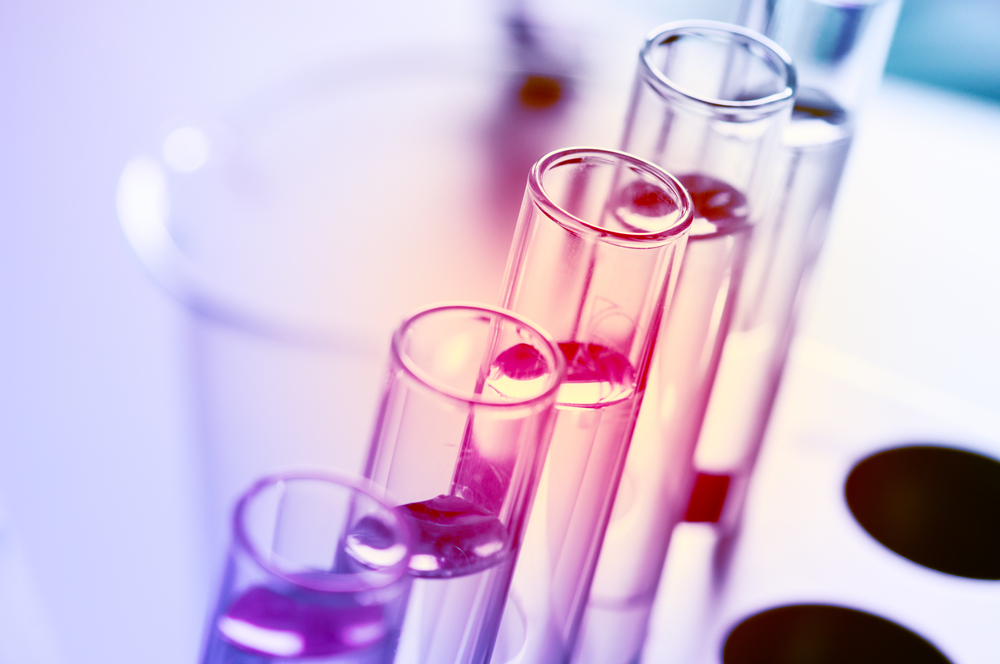Strengths and Pitfalls of Methods Used to Diagnose AADC Deficiency Focus of Review

A broad range of diagnostic tools are available for diagnosing AADC deficiency and similar conditions. A recent review paper discusses many of these, highlighting the benefits and pitfalls of those available, and giving a view toward how new diagnostic methods may be applied in the future.
The paper, “Analysis of Catecholamines and Pterins in Inborn Errors of Monoamine Neurotransmitter Metabolism—From Past to Future,” was published in the journal Cells.
AADC (aromatic amino acid decarboxylase) is one of many enzymes involved in the production of neurotransmitters (chemicals that brain cells use to help send messages, including serotonin and dopamine). Defects in this process, including AADC deficiency, can lead to a host of problems, from moderate movement disorders to lethal disease.
Diagnosis for a deficiency affecting this system usually involves testing for abnormally low levels of these neurotransmitters and related molecules in patient samples. Cerebrospinal fluid (CSF, the fluid that surrounds the brain and spinal cord) is generally considered the “gold standard” for testing for these levels; urine and blood samples are also used.
But investigators noted in their review that getting an accurate measurement of these levels “is still analytically challenging” because these molecules are usually only present at very low levels and they can quickly degrade, particularly at higher temperatures or when stored for longer periods of time. Furthermore, no single sample gives a complete picture of what’s going on in the body — for example, levels in the blood are known to be different in veins as compared to arteries.
Detection itself is most often done with liquid chromotography, a chemistry technique wherein a sample is divided into its constituent parts, followed by a specific detection method like mass spectrometry. Specific techniques and procedures can vary based on the type of sample, the available equipment, etc.; the general idea is to enrich for the compounds of interest, then measure them — all while keeping samples at a temperature and pH that will minimize degradation.
If this sounds complicated, that’s because it is.
The authors elaborated on many potential pitfalls in these detection methods, noting that, “no single sampling side can provide the ‘real’ value of the concentration of the respective metabolite under investigation,” because these concentrations vary within the body, as discussed above, and even during the day (concentrations tend to be higher in the morning). For this reason, it’s best to use multiple types of tests to get a more complete clinical picture.
Furthermore, just measuring these levels doesn’t provide enough evidence for a diagnosis. Investigators wrote that correct interpretation of these tests relies on “detailed clinical information focusing on patient history, prominent clinical symptoms, and radiological and genetic findings, as well as current drug therapy.” All of these factors can impact measured levels.
A number of conditions — genetic variations, infections, etc. — also can lead to low levels of neurotransmitters, so it’s important to look at an individual’s clinical picture holistically when making a diagnosis.
The team also noted that the “development of new and fast techniques is ongoing,” and new methods are constantly allowing for more accurate and reliable measurements. Additionally, genetic testing (specifically, sequencing) is rapidly becoming cheaper and more accessible.
This and other “big-data” approaches (e.g. metabolomics) may at a future time allow for diagnosing not just known conditions like AADC deficiency, but lesser-known conditions that also affect neurotransmitter levels.




